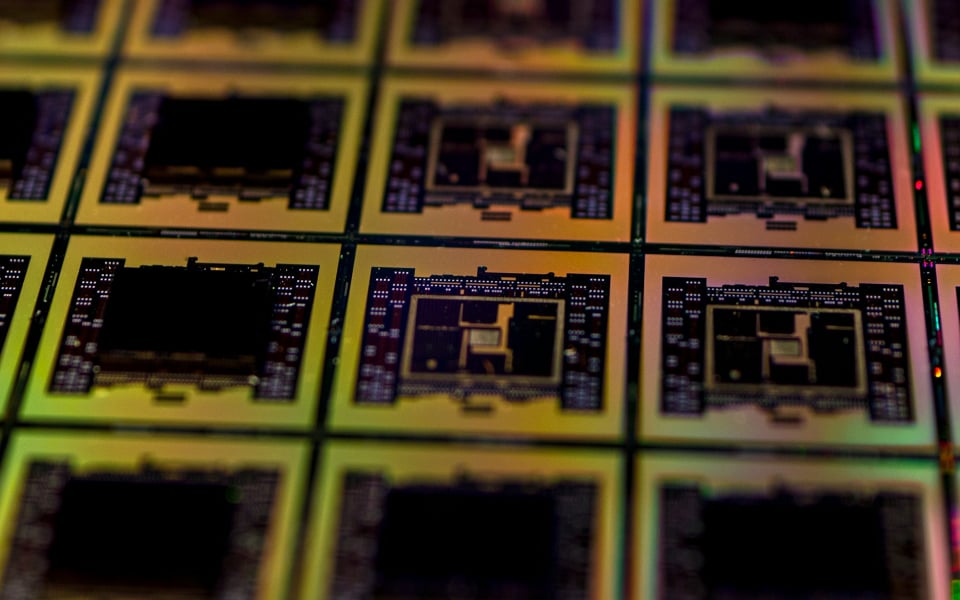In an era dominated by accelerated compute workloads, such as artificial intelligence (AI), the demand for robust networking and optical infrastructure has never been higher.
The OFC Networking conference in San Diego this week unveiled insights into the trajectory of this demand, setting the stage for significant growth in CY24 and CY25.
According to Harlan Sur, an analyst at JPMorgan, the landscape for semiconductor companies catering to networking and optical sectors presents promising opportunities.
"Bottom line, the AI-driven networking/optical demand outlook remains strong through next year," Sur wrote in a research note.
Sur's investment thesis highlights the pivotal role of three key players: Broadcom Inc
- Broadcom: Sur notes that Broadcom stands to benefit substantially from the expansion of high-performance networking required to support AI and accelerated compute workloads. With their AI networking revenues projected to increase significantly this year, Broadcom's innovations in co-packaged optics (CPO) and next-gen switching chipsets position them at the forefront of the industry.
- Marvell: Sur emphasizes Marvell's dominance in PAM4 DSP chipsets, critical for enabling higher optical connectivity in data centers. Marvell's collaborations with tech giants like Alphabet Inc
(GOOGL ) (GOOG ) aka Google, Amazon.com Inc(AMZN ) , Meta Platforms Inc(META ) , and Microsoft Corp(MSFT ) , underscore their pivotal role in driving the transition to advanced networking architectures. The impending 1.6T upgrade cycle further solidifies Marvell's position as a key player in the semiconductor market. - MACOM: Sur highlights MACOM's comprehensive portfolio of high-performance analog and photonic components, essential for supporting next-generation networking architectures. MACOM's focus on innovation, particularly in linear drive pluggable optics (LPO) and copper transceiver architectures, positions them as a reliable partner for customers navigating the evolving connectivity landscape.










